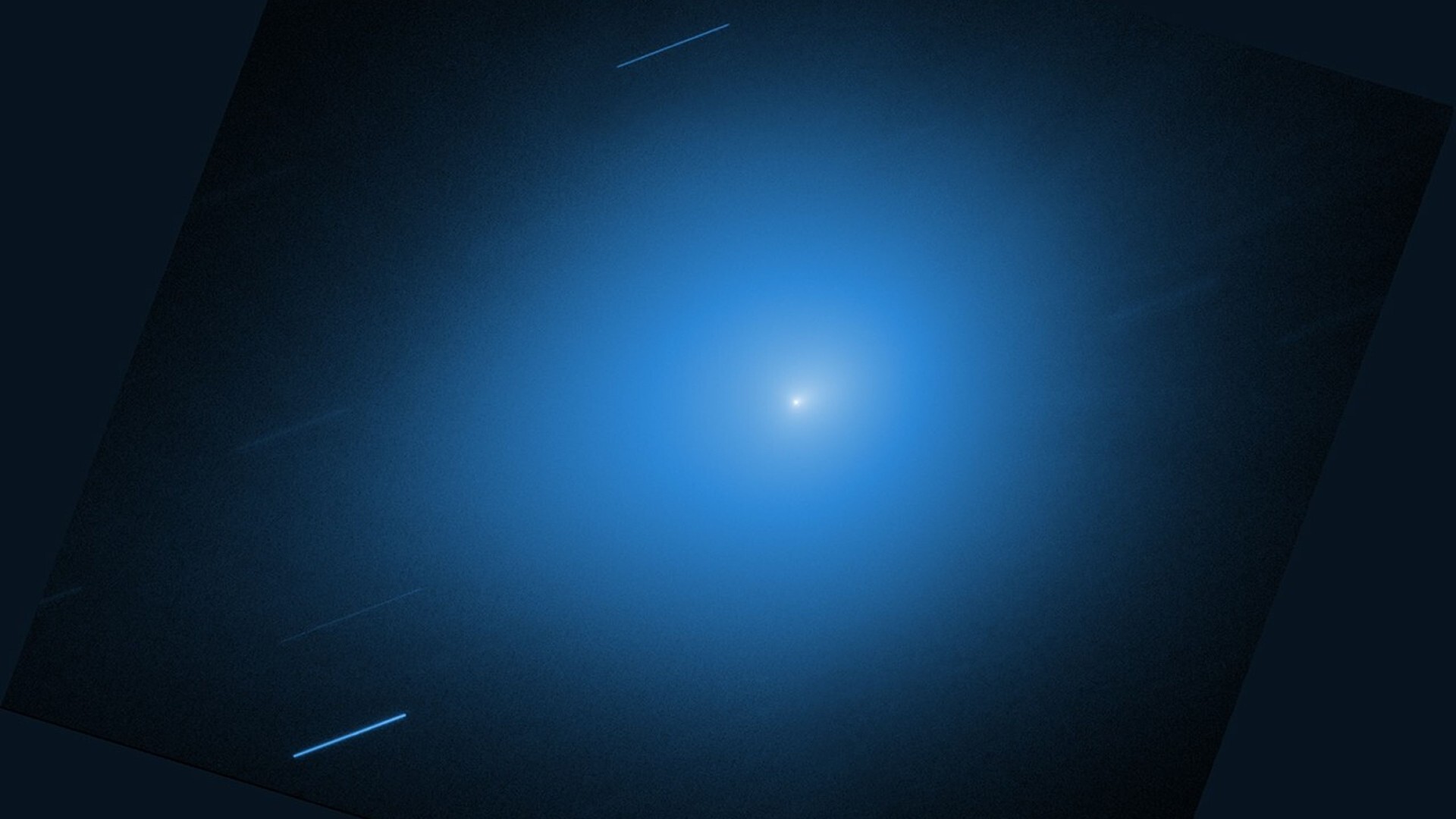Delta IV Heavy rocket launches US spy satellite on penultimate mission (video)
United Launch Alliance's (ULA) powerful Delta IV Heavy rocket flew for the second-to-last time early Thursday morning (June 22).
The Delta IV Heavy lifted off from Florida's Cape Canaveral Space Force Station on Thursday at 5:18 a.m. EDT (0918 GMT), on a mission for the U.S. National Reconnaissance Office (NRO) called NROL-68.
ULA cut off the webcast 6 minutes 45 seconds after launch at the request of the NRO. About seven hours later, military officials confirmed that the launch succeeded.
"We had another successful launch for the NRO today," U.S. Space Force Maj. Gen. Stephen Purdy, program executive officer for U.S. Space System Command's Assured Access to Space, said in an emailed statement.
"The payload we've put into space today adds to the unique capability the NRO provides to keep us safe and out in front of the pacing challenges posed by our nation's competitors," Purdy added.
Related: Facts about the Delta IV Heavy
We know very little about the satellite that went up on NROL-68. That's no surprise, given that it's an NRO payload; the agency operates the United States' fleet of spy satellites, whose capabilities and activities tend to be classified.
Breaking space news, the latest updates on rocket launches, skywatching events and more!
The NROL-68 mission patch — which features a baby dragon, its mother and the moon — offers a few clues, scant though they are.
"The baby dragon illustrates the birth of a new satellite system, while the moon with the mother dragon silhouette represent protection of the Five Eyes community, the nation and its allies," NRO officials wrote in a brief mission description. (Five Eyes is an alliance involving the intelligence communities of the United States, United Kingdom, Australia, Canada and New Zealand.)
"The passage along the bottom, Nusquam Celare, is Latin for 'Nowhere to Hide,'" NRO officials added. "The baby dragon may be science fiction, but NROL-68's impact on national security is real!"
NROL-68 was ULA's first mission of 2023 and the 15th Delta IV Heavy launch overall.
The burly rocket stands 235 feet (71.6 meters) tall and generates 2.1 million pounds of thrust at liftoff. That's a lot, but it's far from the record. For example, NASA's Space Launch System rocket, which debuted on the successful Artemis 1 moon mission last year, produces 8.8 million pounds of thrust.
And SpaceX's giant Starship vehicle — the largest and most powerful rocket ever built — produces about 16.7 million pounds of thrust. But Starship has yet to fly a successful mission; it suffered a few problems during its lone flight to date, an April 20 test launch, and SpaceX ordered the vehicle's destruction high over the Gulf of Mexico.
ULA is phasing out both the Delta IV Heavy and its workhorse Atlas V rocket in favor of the new Vulcan Centaur, which is slated to debut later this year. Whereas the Delta IV Heavy has just one more mission to go after Thursday, however, the Atlas V will keep flying for years to come. ULA has booked missions on the veteran rocket through 2029, mostly to build out Amazon's Project Kuiper internet constellation and send Boeing's Starliner astronaut taxi to the International Space Station.
NROL-68 was the second leg of a spaceflight doubleheader early Thursday morning: SpaceX launched 47 of its Starlink internet satellites to orbit about two hours earlier.
The original target launch date for NROL-68 was Wednesday (June 21), but a problem with a ground-system valve forced a one-day delay.
Editor's note: This story was updated at 5:36 a.m. ET on June 22 with news of a successful liftoff, then again at 12:30 p.m. ET with news of launch mission success.

Michael Wall is a Senior Space Writer with Space.com and joined the team in 2010. He primarily covers exoplanets, spaceflight and military space, but has been known to dabble in the space art beat. His book about the search for alien life, "Out There," was published on Nov. 13, 2018. Before becoming a science writer, Michael worked as a herpetologist and wildlife biologist. He has a Ph.D. in evolutionary biology from the University of Sydney, Australia, a bachelor's degree from the University of Arizona, and a graduate certificate in science writing from the University of California, Santa Cruz. To find out what his latest project is, you can follow Michael on Twitter.

